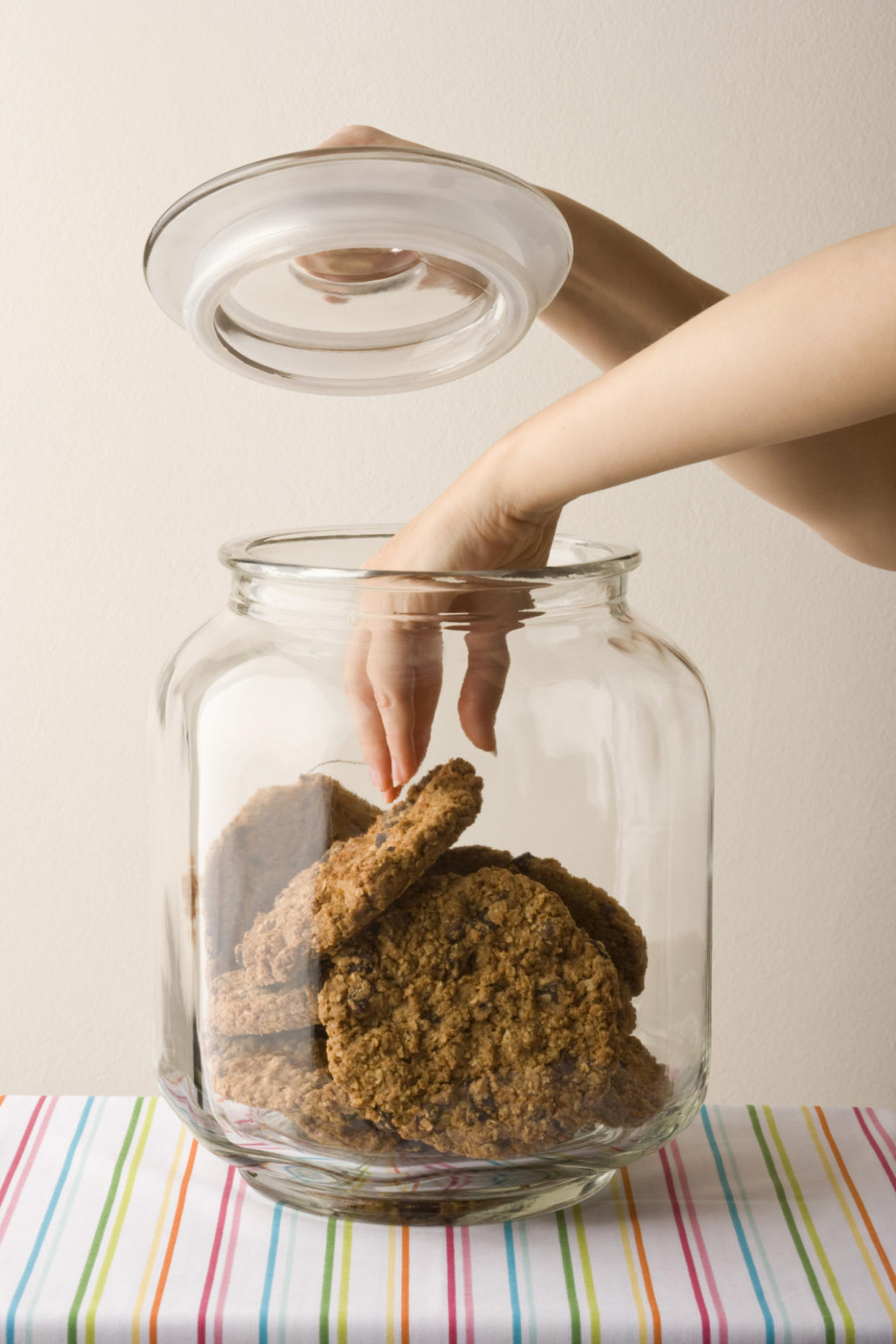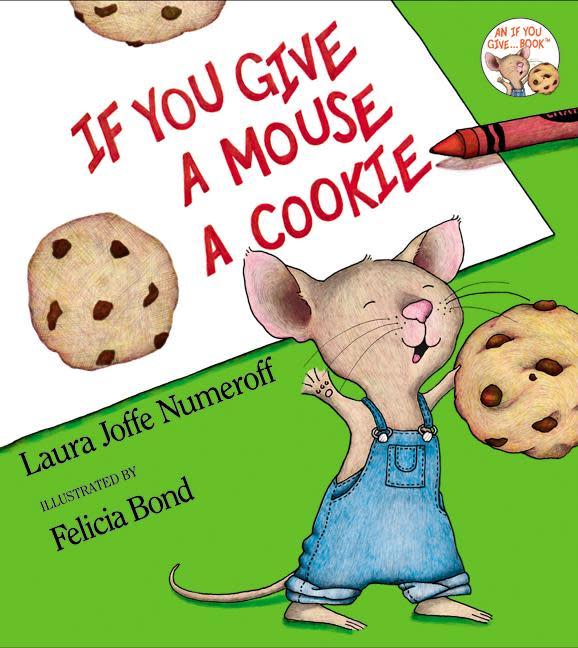Your favourite childhood book may be to blame for your eating habits

Got a thing for chocolate chip cookies? It might have something to do with your childhood love for the book “If You Give a Mouse a Cookie” growing up.
According to a recent study in Appetite, food depictions in children’s story books may have a direct link to how eating habits develop.
“When nutrient-poor foods are presented not only frequently but positively, they likely contribute to children’s view of them as both normative and desirable,” the study found. And there’s a surprising amount of food in books!
ALSO SEE: Maple syrup could help protect the brain against Alzheimer’s
Researchers studied the food depictions and messages that came with them in the top 100 “favourite pre-school books” and found that 69 of them contained references to food.

Popular childhood book, “If You Give a Mouse a Cookie.”
"Fruit was the most frequently depicted food, followed by sweetened baked goods, dairy, and vegetables,” the study found. But how these were presented was most interesting.
Sweet baked goods were often at placed at the centre of story with a positive affect on the story unlike veggies, which, though often centrally depicted, were more neutral.
“Ice cream, although not in many books, always was associated with positive outcomes.”
ALSO SEE: Instagramming your food could actually make it taste better
So what does this mean for our eating habits.
Like other forms of media (TV, movies, video games), these influences do play a role in how we react to the world. Does this mean we can blame our overeating on “The Very Hungry Caterpillar?” It’s probably not the only factor but it certainly could have contributed to the problem.
What do you think about this study? Do you think images of food and their outcome influence the way you eat? Let us know by tweeting to @YahooStyleCA.

